Intro
A stroke is a serious medical condition that occurs when the blood supply to the brain is interrupted or reduced, depriving the brain of oxygen and nutrients. This can happen due to a blockage or rupture of the blood vessels in the brain, leading to damage or death of brain cells. Strokes are a leading cause of death and disability worldwide, and it is essential to understand the causes, symptoms, and treatment options to prevent and manage this condition.
Strokes can be devastating, affecting not only the individual but also their family and loved ones. The impact of a stroke can be significant, ranging from mild to severe, and can result in permanent damage or disability. However, with prompt medical attention and proper treatment, it is possible to minimize the damage and improve outcomes. In this article, we will delve into the world of strokes, exploring the different types, causes, symptoms, and treatment options, as well as providing valuable insights and practical tips for prevention and management.
The importance of understanding strokes cannot be overstated. By educating ourselves about this condition, we can take proactive steps to reduce our risk factors, recognize the warning signs, and seek medical attention promptly if we or someone we know is experiencing a stroke. Moreover, by learning about the latest advancements in stroke treatment and management, we can empower ourselves to make informed decisions about our health and well-being. Whether you are a healthcare professional, a caregiver, or simply someone interested in learning more about strokes, this article aims to provide you with a comprehensive and informative guide to this critical topic.
Types of Strokes
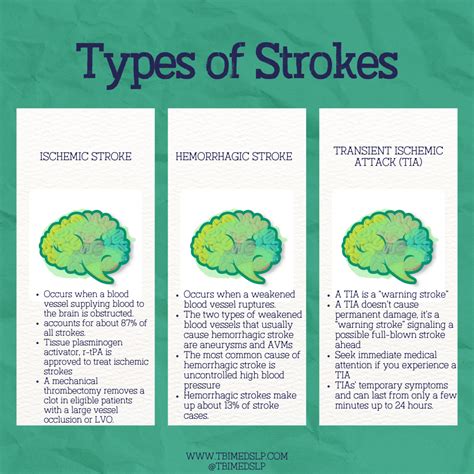
There are three main types of strokes: ischemic, hemorrhagic, and transient ischemic attack (TIA). Ischemic strokes occur when a blood vessel in the brain is blocked, reducing blood flow and oxygen supply to the brain. Hemorrhagic strokes occur when a blood vessel in the brain ruptures, causing bleeding in the brain. TIAs, also known as "mini-strokes," occur when the blood supply to the brain is temporarily interrupted, causing symptoms that last for a short period.
Ischemic Strokes
Ischemic strokes are the most common type of stroke, accounting for approximately 87% of all strokes. They occur when a blood clot or other debris blocks a blood vessel in the brain, reducing blood flow and oxygen supply to the brain. The blockage can be caused by a variety of factors, including blood clots, fatty deposits, and blood vessel narrowing.Hemorrhagic Strokes
Hemorrhagic strokes occur when a blood vessel in the brain ruptures, causing bleeding in the brain. This type of stroke is less common than ischemic strokes but can be more severe and life-threatening. Hemorrhagic strokes can be caused by a variety of factors, including high blood pressure, aneurysms, and arteriovenous malformations (AVMs).Transient Ischemic Attacks (TIAs)
TIAs, also known as "mini-strokes," occur when the blood supply to the brain is temporarily interrupted, causing symptoms that last for a short period. TIAs are often a warning sign of a future stroke and should be taken seriously. They can be caused by a variety of factors, including blood clots, blood vessel narrowing, and cardiac conditions.Causes and Risk Factors
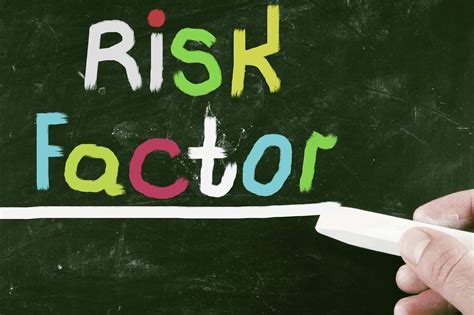
Strokes can be caused by a variety of factors, including lifestyle choices, medical conditions, and genetic predisposition. Some of the most common causes and risk factors include:
- High blood pressure
- High cholesterol
- Diabetes
- Smoking
- Obesity
- Lack of physical activity
- Poor diet
- Family history of stroke
- Age
- Gender (men are more likely to have a stroke than women)
Lifestyle Choices
Lifestyle choices play a significant role in stroke risk. A healthy diet, regular exercise, and not smoking can help reduce the risk of stroke. Additionally, managing stress and getting enough sleep can also help reduce the risk of stroke.Medical Conditions
Certain medical conditions, such as high blood pressure, high cholesterol, and diabetes, can increase the risk of stroke. It is essential to manage these conditions through medication, lifestyle changes, and regular medical check-ups.Genetic Predisposition
Genetic predisposition can also play a role in stroke risk. Individuals with a family history of stroke are more likely to have a stroke themselves. However, this does not mean that they will definitely have a stroke, and lifestyle changes and medical management can help reduce the risk.Symptoms of a Stroke
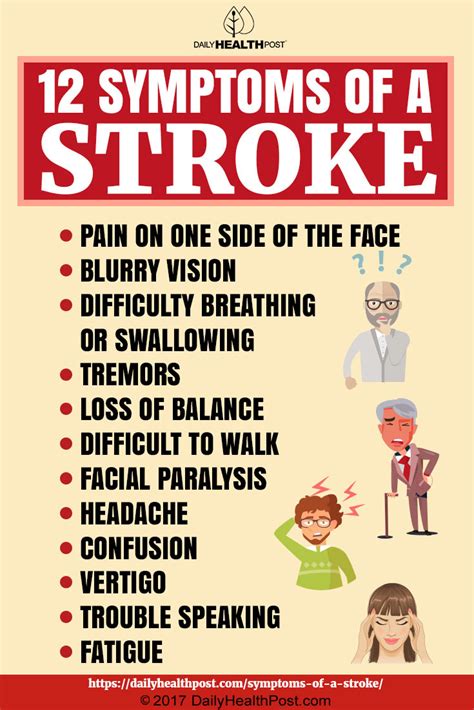
The symptoms of a stroke can vary depending on the type and severity of the stroke. However, there are some common symptoms that can indicate a stroke, including:
- Sudden weakness or numbness in the face, arm, or leg
- Sudden confusion or trouble speaking or understanding speech
- Sudden trouble seeing in one or both eyes
- Sudden trouble walking, dizziness, or loss of balance
- Sudden severe headache with no known cause
Acting F.A.S.T.
Acting F.A.S.T. is a simple way to remember the symptoms of a stroke and what to do if you or someone you know is experiencing a stroke. F.A.S.T. stands for:- Face: Ask the person to smile. Does one side of their face droop?
- Arm: Ask the person to raise both arms. Does one arm drift downward?
- Speech: Ask the person to repeat a simple sentence. Is their speech slurred or difficult to understand?
- Time: Time is of the essence. If the person shows any of these symptoms, call for emergency medical services immediately.
Treatment Options
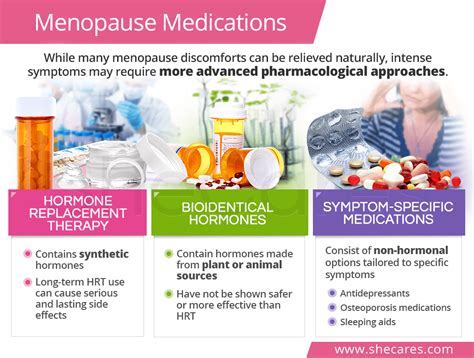
The treatment options for stroke depend on the type and severity of the stroke. Ischemic strokes can be treated with medication to dissolve the blood clot, while hemorrhagic strokes may require surgery to repair the damaged blood vessel. TIAs can be treated with medication to prevent a future stroke.
Medication
Medication can be used to treat ischemic strokes by dissolving the blood clot and restoring blood flow to the brain. Medication can also be used to prevent a future stroke by managing conditions such as high blood pressure and high cholesterol.Surgery
Surgery may be necessary to repair a damaged blood vessel or to remove a blood clot. Surgery can also be used to prevent a future stroke by repairing or removing an aneurysm or AVM.Rehabilitation
Rehabilitation is an essential part of stroke recovery. Rehabilitation can help individuals regain lost skills and abilities, such as speech, movement, and cognitive function. Rehabilitation can also help individuals manage any ongoing symptoms or conditions.Prevention and Management
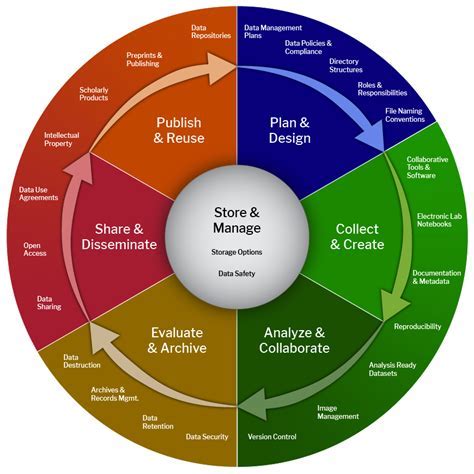
Prevention and management are critical components of stroke care. By making lifestyle changes, managing medical conditions, and seeking regular medical check-ups, individuals can reduce their risk of stroke.
Lifestyle Changes
Lifestyle changes, such as a healthy diet, regular exercise, and not smoking, can help reduce the risk of stroke. Additionally, managing stress and getting enough sleep can also help reduce the risk of stroke.Medical Management
Medical management, such as managing high blood pressure and high cholesterol, can help reduce the risk of stroke. Regular medical check-ups can also help identify any potential risk factors and allow for early intervention.Seeking Medical Attention
Seeking medical attention promptly is essential if you or someone you know is experiencing a stroke. Acting F.A.S.T. and calling for emergency medical services can help minimize the damage and improve outcomes.What are the symptoms of a stroke?
+The symptoms of a stroke can vary depending on the type and severity of the stroke. However, common symptoms include sudden weakness or numbness in the face, arm, or leg, sudden confusion or trouble speaking or understanding speech, sudden trouble seeing in one or both eyes, sudden trouble walking, dizziness, or loss of balance, and sudden severe headache with no known cause.
What is the difference between an ischemic and hemorrhagic stroke?
+Ischemic strokes occur when a blood vessel in the brain is blocked, reducing blood flow and oxygen supply to the brain. Hemorrhagic strokes occur when a blood vessel in the brain ruptures, causing bleeding in the brain.
How can I reduce my risk of stroke?
+Reducing your risk of stroke involves making lifestyle changes, such as a healthy diet, regular exercise, and not smoking. Managing medical conditions, such as high blood pressure and high cholesterol, and seeking regular medical check-ups can also help reduce the risk of stroke.
In conclusion, strokes are a serious medical condition that can have a significant impact on individuals and their loved ones. By understanding the causes, symptoms, and treatment options, individuals can take proactive steps to reduce their risk factors and seek medical attention promptly if they or someone they know is experiencing a stroke. Remember, acting F.A.S.T. and seeking medical attention promptly can help minimize the damage and improve outcomes. We encourage you to share this article with your friends and family to help raise awareness about strokes and the importance of prevention and management. If you have any questions or comments, please feel free to leave them below.
